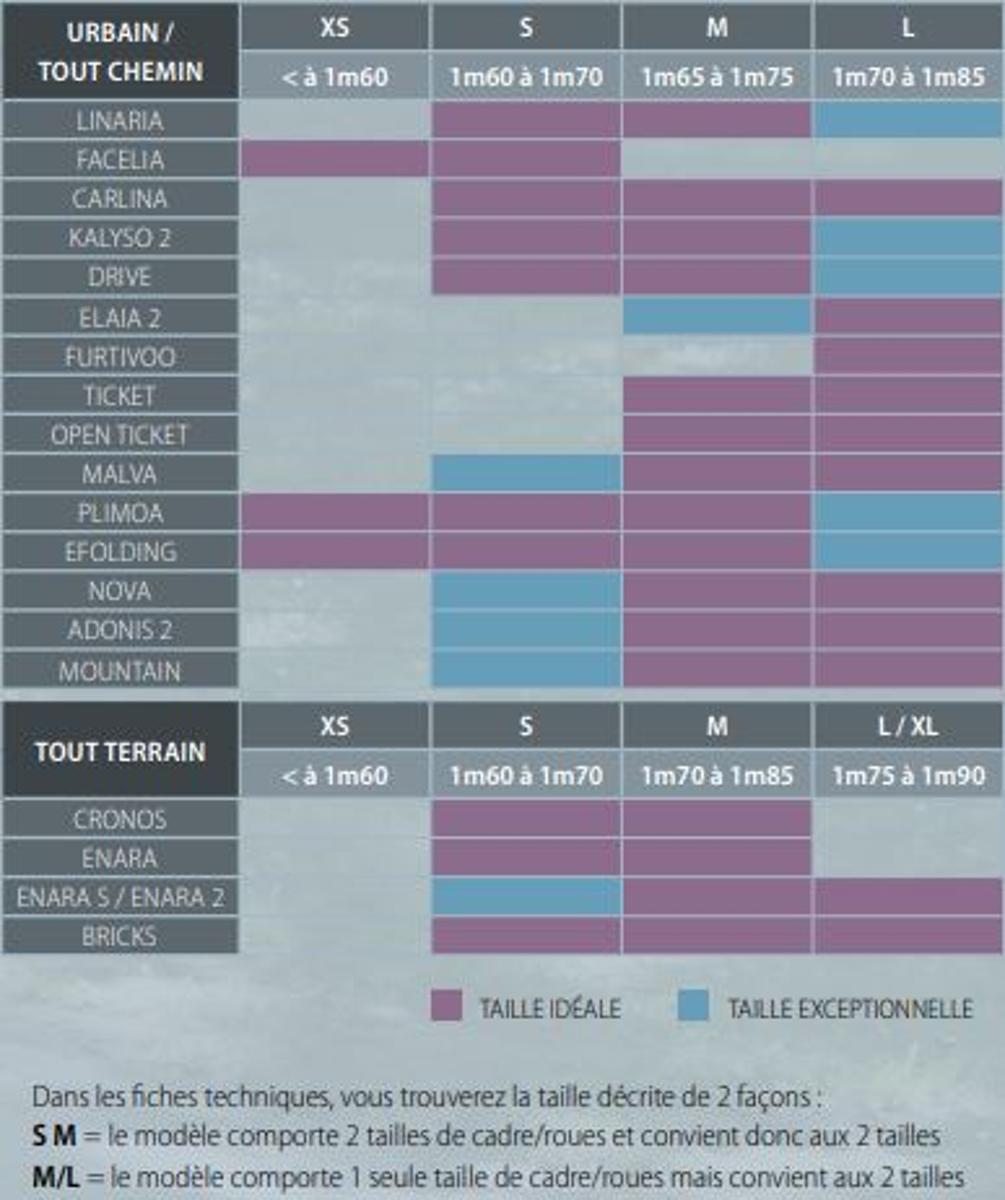How to choose your perfect electric bike
An electric bike is an assembly of components where each one has a role to play in your safety, comfort, and look!
Here we will discover the function of each of the critical components and understand why electric bikes have so many choices. With our advice, you will find the NEOMOUV or JUICY bike you need.
THE DIFFERENT TYPES OF BIKES AND THEIR USE
There are different categories of bikes depending on the riding and terrain you want to do:
-
Urban or City Bike
-
Folding bike
-
Hybrid bike / Trekking bike
-
MTB
URBAN OR CITY BIKE
Our electric city bikes are intended for leisure use but can more than conquer "small paths" such as coastal paths or towpaths. Our City bikes come with studless tires for optimum use on the road. These bikes are comfortable, mainly with an upright riding position and a Dutch-style frame shape.
Discover the CLASSIC, CARLINA, the FACELIA, the LINARIA, the KALYSO 2 etc.
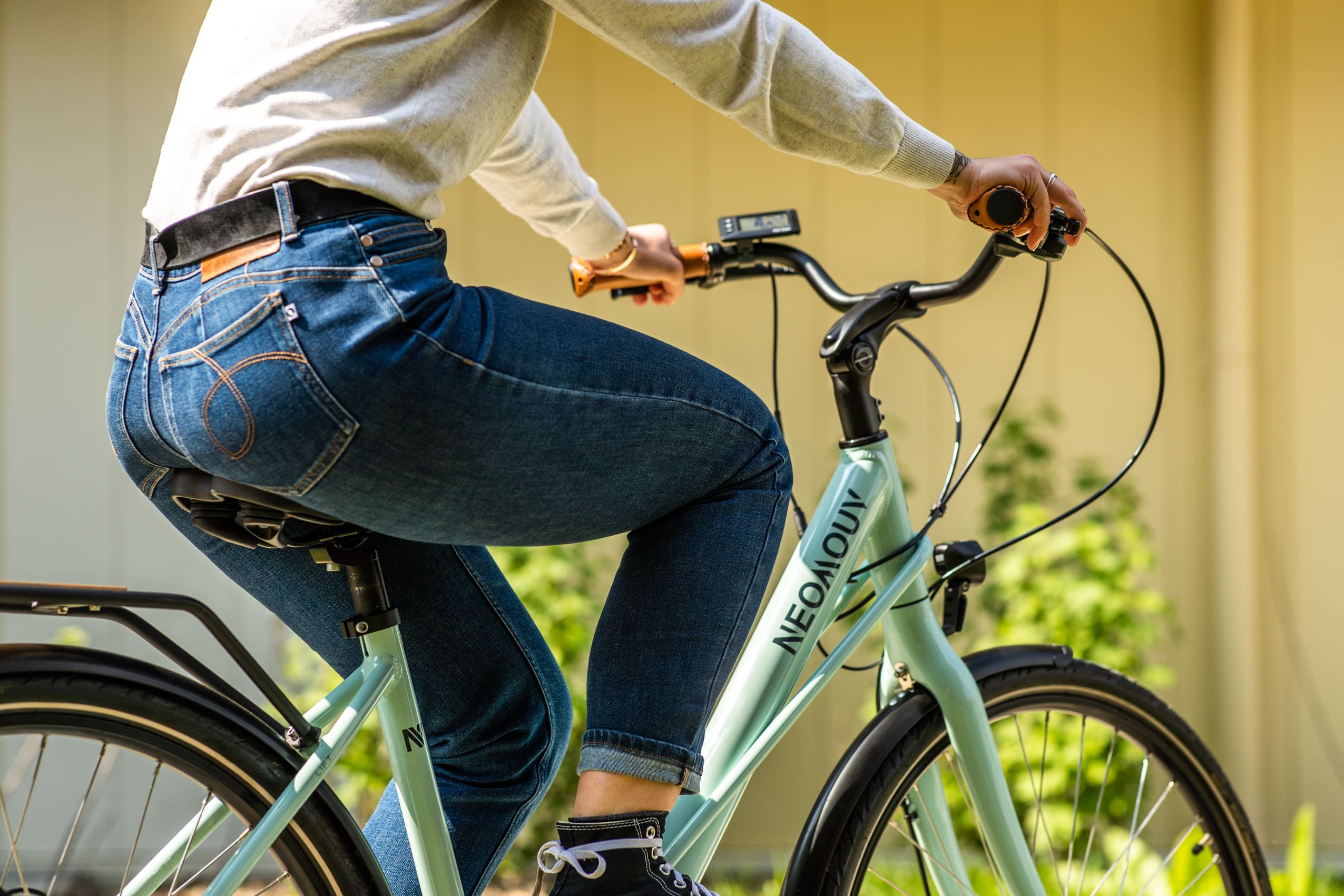
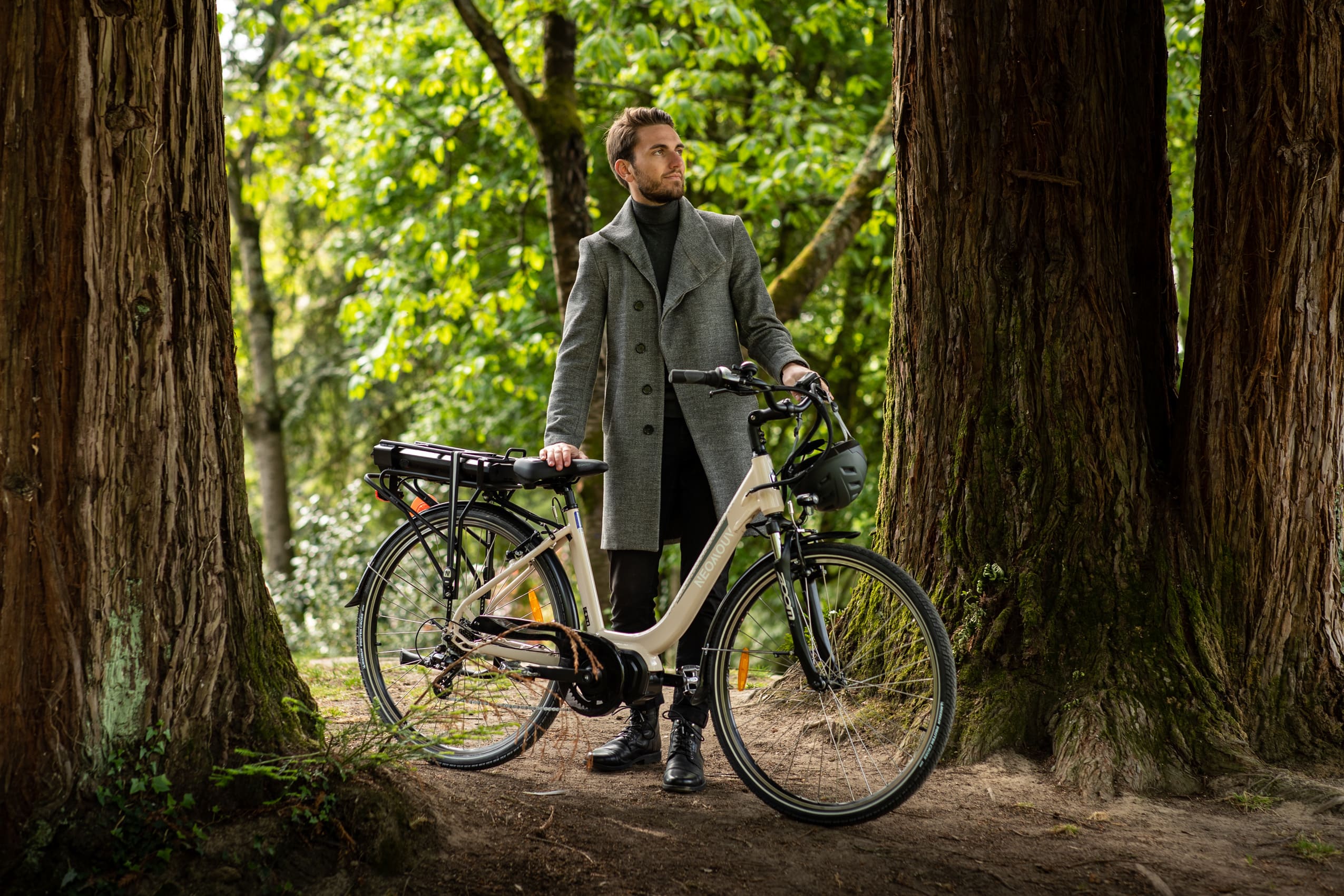
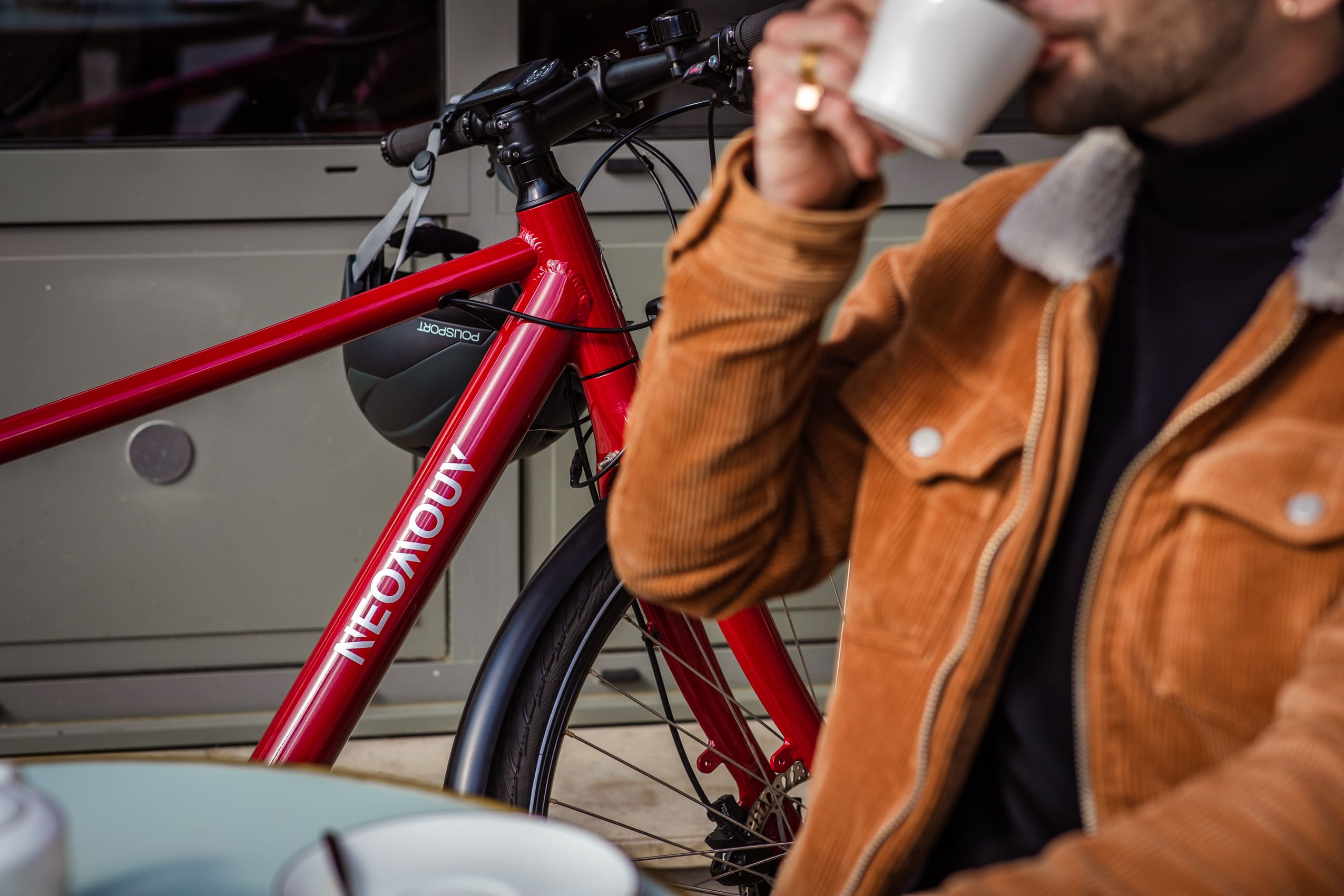
FOLDING BIKE
We design our folding electric bikes to be easily transported: they are practical for taking on and off public transport and a great addition to a motorhome. Equipped with small wheels (20 inches), they are perfect for short-medium distances.
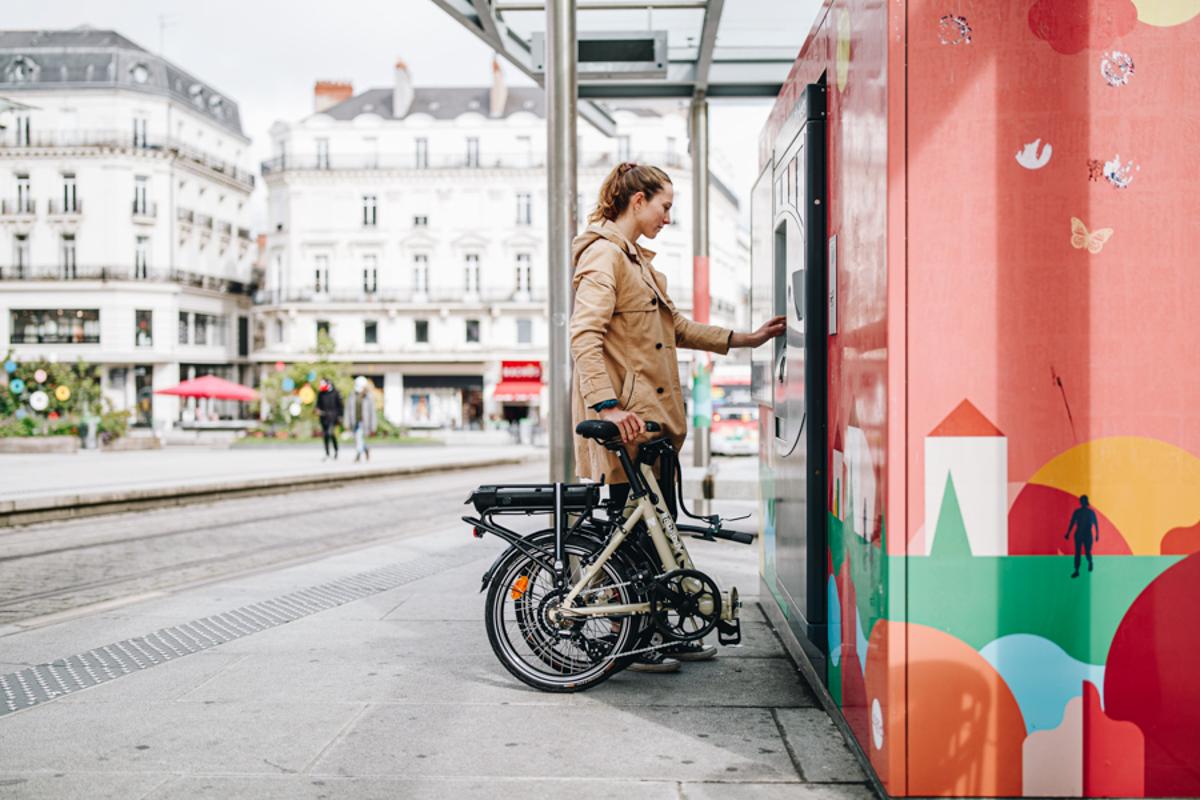
HYBRID / TREKKING BIKE
The all-road electric bikes are intended for leisure or sport. They are equipped with versatile tires to practice using on trails and the road. We often equip these bikes with a luggage rack, suspensions, hydraulic brakes and 28-inch wheels, making them great commuter bikes all year round. They are great for people who want to cover long distances with ease.

MTB
The all-terrain electric bikes are intended for sport, on paths and rough terrain. The rider's position is sporty and keen, and our MTBs are often fitted with high-torque motors to handle loose surface inclines. We also equip these bikes with a suspension fork (like our ENARA 2), and the top-of-the-range models have a full suspension system (like our BRICKS).
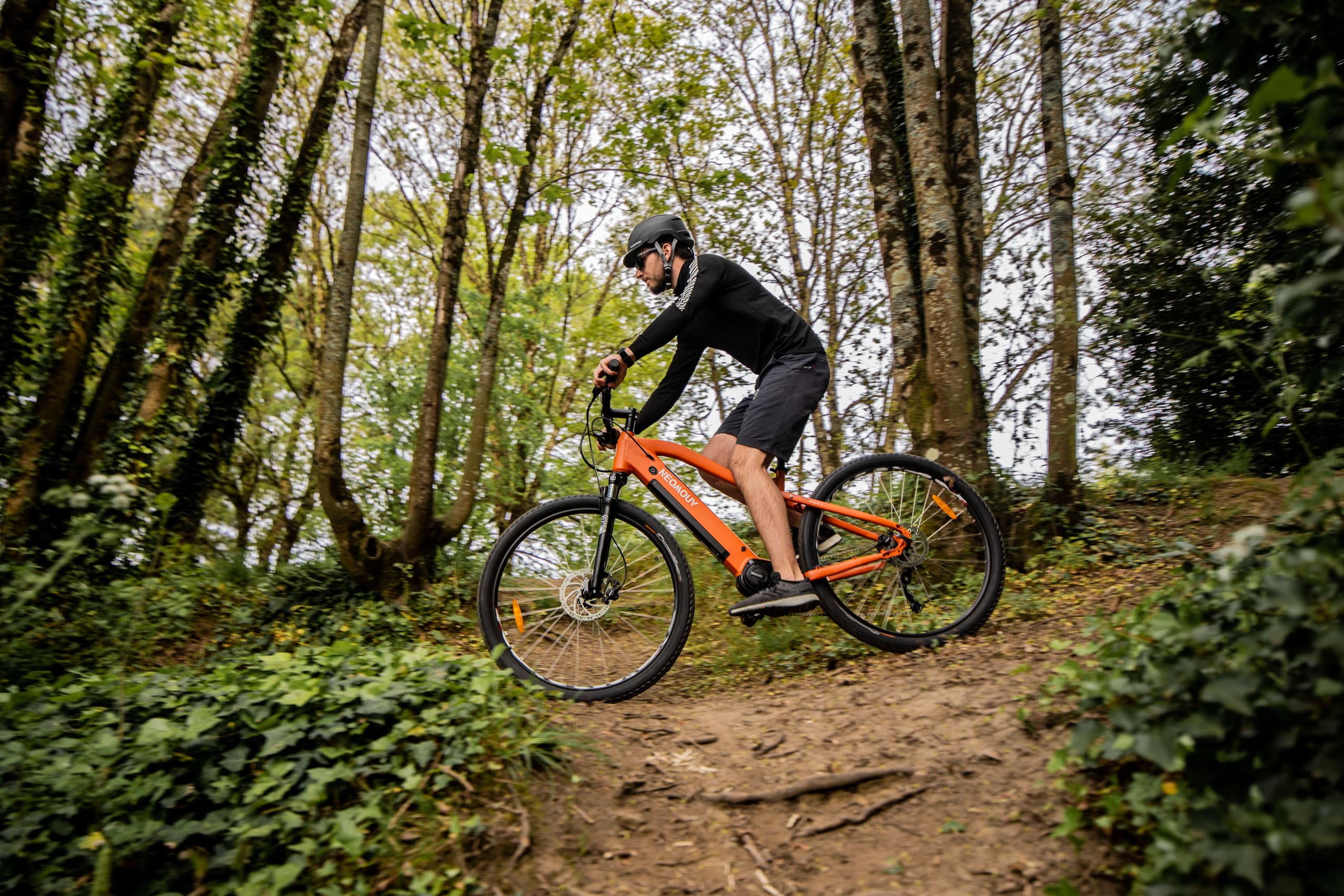
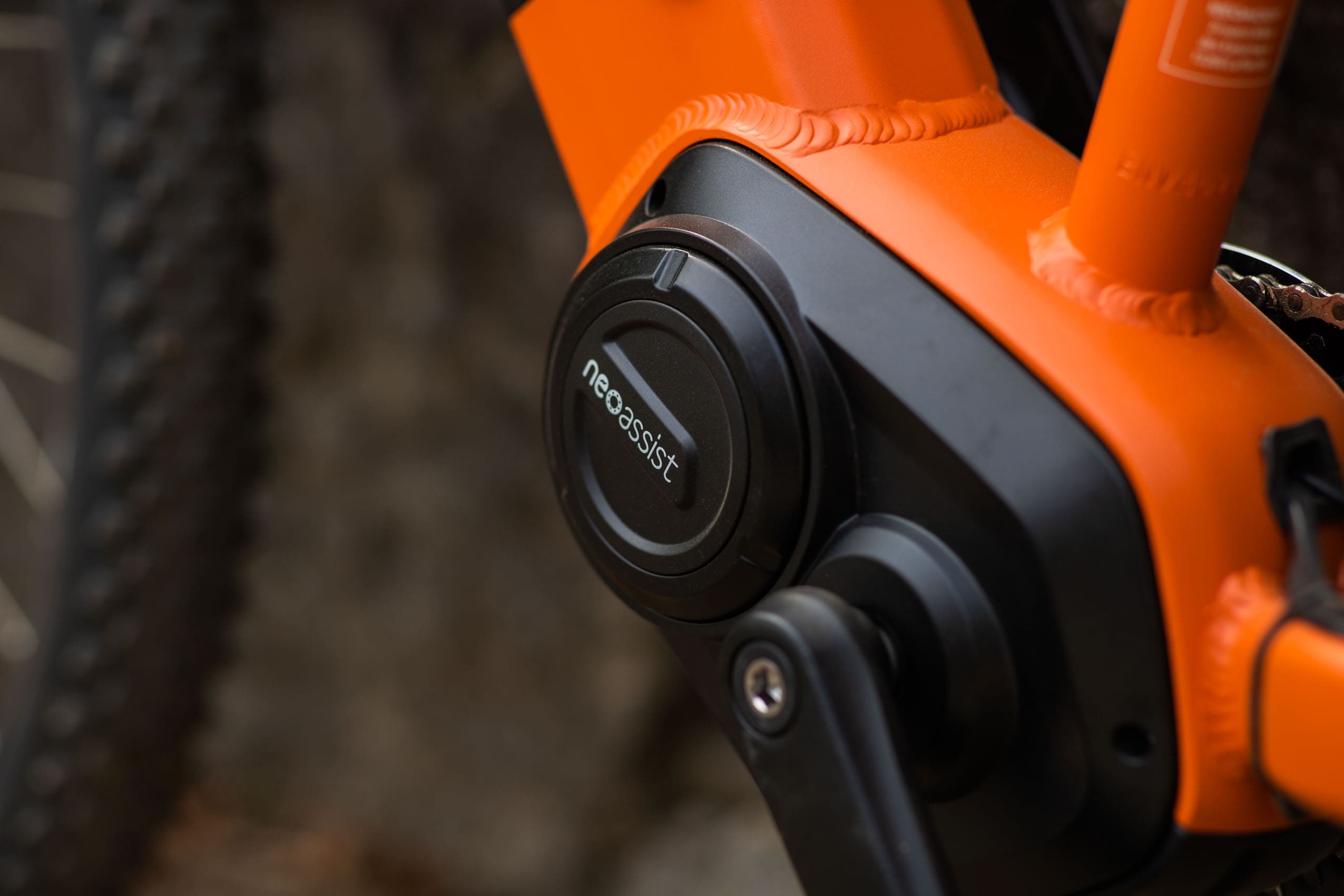
THE TECHNICAL ELEMENTS OF EBIKES
ELECTRICAL ELEMENTS
An electrically assisted bicycle is uncomplicated when you break down its components.
THE DISPLAY
It is the dashboard console located on the handlebars. LED or LCD, and can indicate several types of information. The basic functions comprise:
-
The ignition of the EBIKE,
-
The level of assistance (the higher the level selected, the faster the bike will travel, and the more battery energy will be used)
-
The battery charge level.
-
Light operation.
Bikes fitted with LCD displays show additional information such as real-time speed, distance covered, time, pedalling rate, etc.
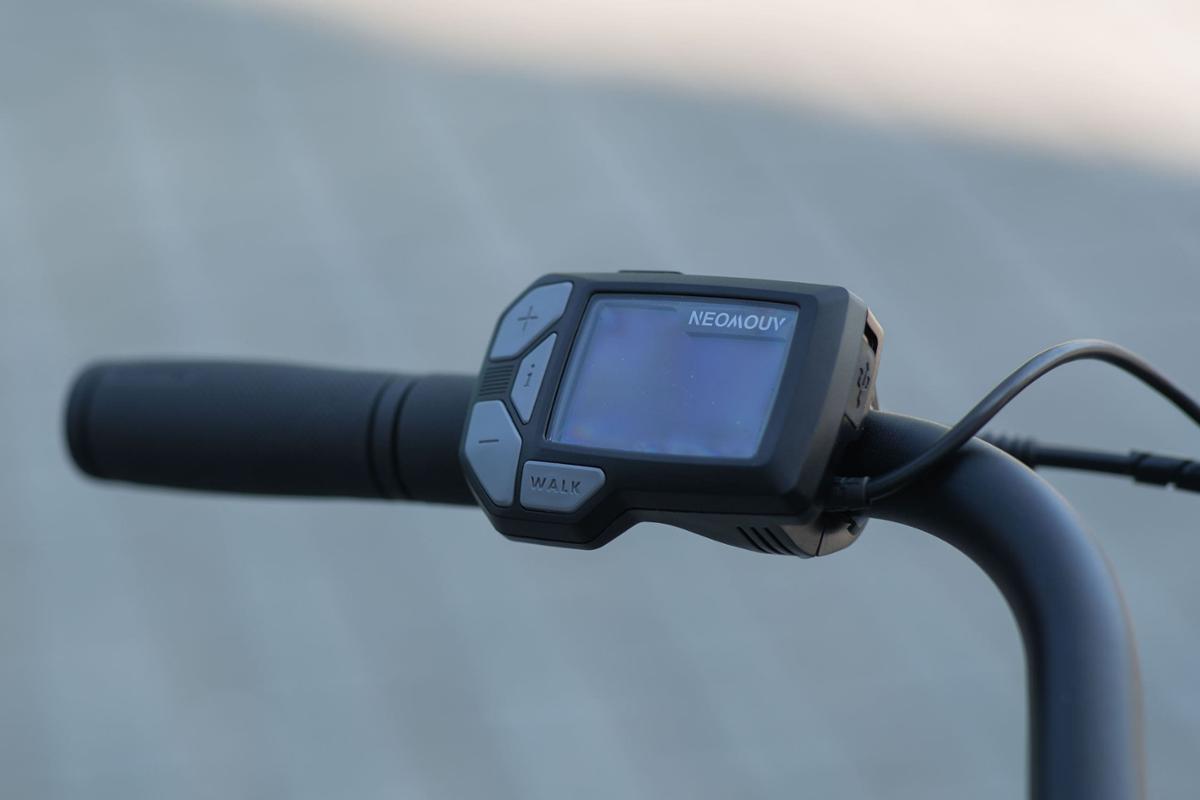
MOTOR
It gives the rider assistance as they pedal. According to UK legislation, it can be at the front, rear, or even in the pedals and does not exceed 250W.
THE WHEEL MOTOR
The wheel motor (front/rear) is one of the most affordable.
It works with a system of sensors located at the crankset, often referred to as a "cadence sensor" or "pedalling sensor". This type of motor activates upon sensing the cranks are rotating. As soon as the motor starts, the bike accelerates to the maximum speed of the chosen level of assistance. More simply, it is a "highly assisted" bike that will suit customers who want to make as little effort as possible.
THE PEDAL MOTOR
Unlike the wheel motor, this is a torque sensor, not a cadence sensor. The bottom bracket motor is different in that the motor rotates the cranks instead of the wheel and provides a more natural riding sensation. When using a pedal motor, the assistance is much more fluid as the assistance is provided only whilst pressure is applied to the crank.
It is essential to understand that assistance is proportional to the effort that one brings to the pedalling and is, therefore, more adapted to the different efforts made by the cyclist. (I.e. the harder you are working on climbing a hill, the harder the motor will work to assist you).
Finally, it saves battery life because the motor does not constantly deliver its maximum power.
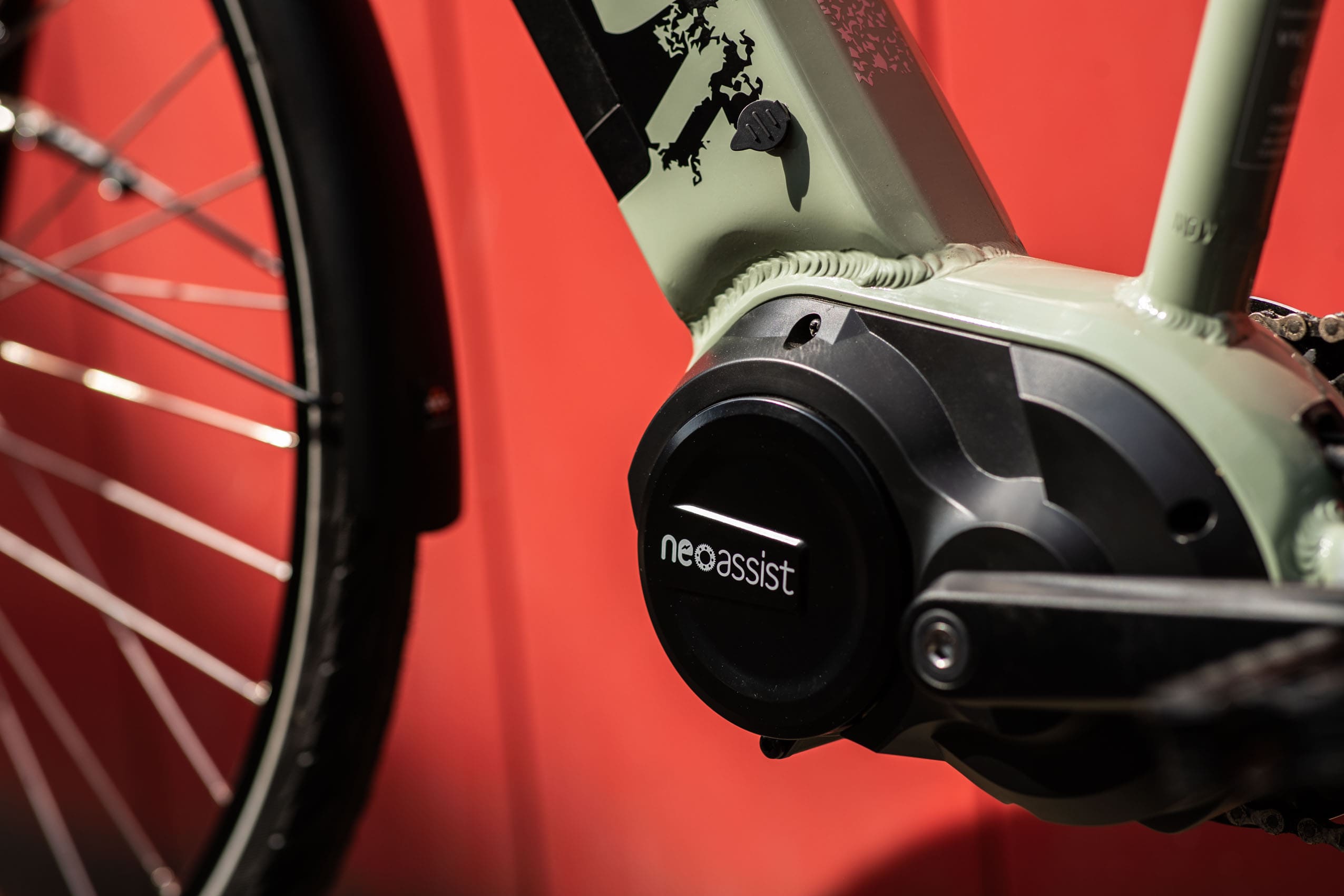
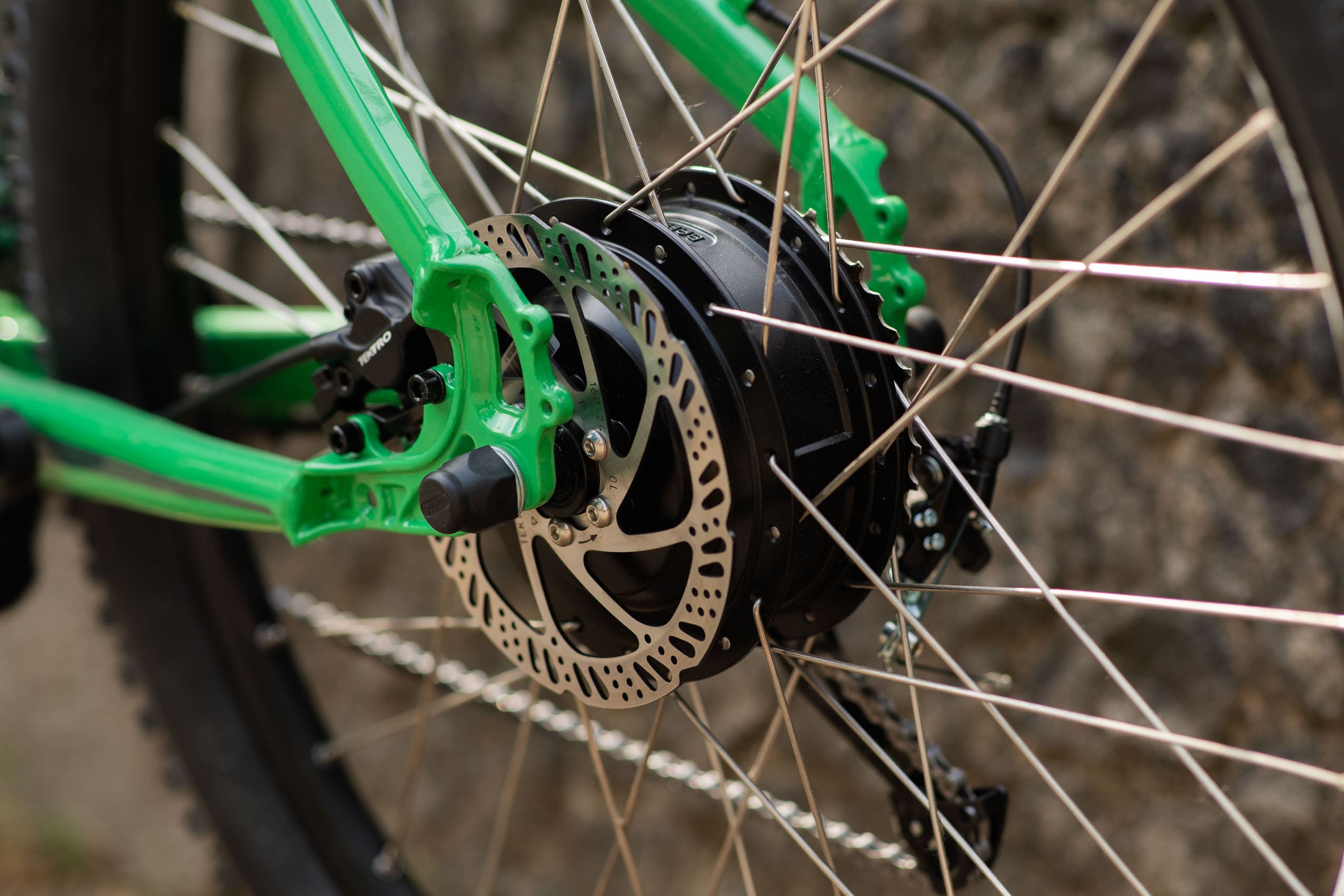
BATTERY
The battery provides the power needed to run the motor.
The capacity of a battery is expressed in Amp or Watt, and its voltage is in Volt. To obtain the power of a battery in Watts, multiply the amperage by the voltage. Ex: A 10Ah 36V battery has a capacity of 360Wh (10Ah x 36V = 360Wh).
The battery is a consumable component with a limited lifespan: over time, its capacity and performance diminish and must be replaced. The battery's ageing can therefore contribute to changes in the performance of the e-bike.
"Battery capacity" is the amount of time the eBike can run before the battery needs to be recharged. We quote this in a range of miles the bike can achieve depending on factors such as assistance level used and external factors such as terrain and weather.
"Battery life" is the time before it needs replacing. It is linked to its "chemical age", which is composed of the following:
-
Of the passage of time.
-
The number of charge cycles (be careful never to leave a discharged battery without recharging it).
-
Battery maintenance.
-
Use of the bike: weight of the bike, the user and the equipment transported / mechanical condition of the bike (tire pressure, state of the transmission) / pedalling rate / terrain of the route / outside temperature, etc.
-
Level of assistance chosen.
-
Battery efficiency decreases as its chemical age increases (follow the advice given in the manual to optimise battery performance and prolong battery life).
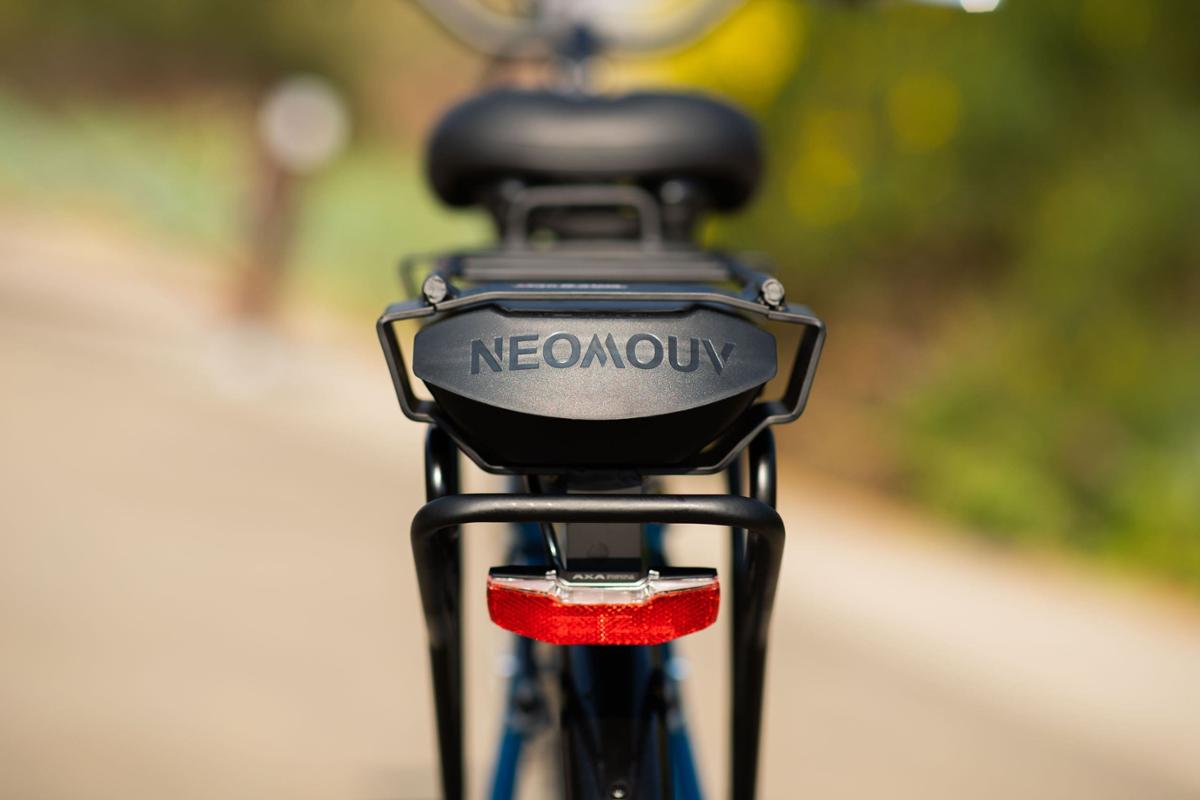
MECHANICAL ELEMENTS
When deciding on the best model for your riding style, you have to choose the right equipment, whether the derailleur, brakes, or suspensions.
THE DERAILLEUR
There are many, for example, in the NEOMOUV range with the SHIMANO brand:
- The TX300 (on the LINARIA),
- The Altus (on practically all our models),
- The Deore (only on our mountain bikes),
- The Nexus (especially on the Drive, model with cardan transmission)
Depending on the intended use, the derailleur is different. For sporting models, it is preferable to go for a higher-end derailleur so that the gear change is more precise and smoother.
THE BRAKES
On the NEOMOUV and JUICY range, there are three types of brakes:
- Rim brakes (entry/mid-range models)
- Mechanical Disc brakes (mid-range)
- Hydraulic Disc brakes (top of the range)
Disc brakes are more precise and work in all conditions (rain, etc.). The pad brakes work with a cable system, while the disc brakes with hydraulics (inside a sheath) are super reliable and effortless to use, reducing wrist fatigue over a longer ride.
SUSPENSION
A suspension system allows the bike to absorb the shocks of the terrain and thus improve the rider's comfort. Different suspensions exist:
- Upfront on the fork
- On the back of the bike
- In the seat post
Most NEOMOUV and JUICY bikes include an element of suspension unless specifically designed to be rigid for use on the road/to save weight. You will find different levels of suspensions on all of our mountain bikes because use on rough terrain demands this type of equipment.
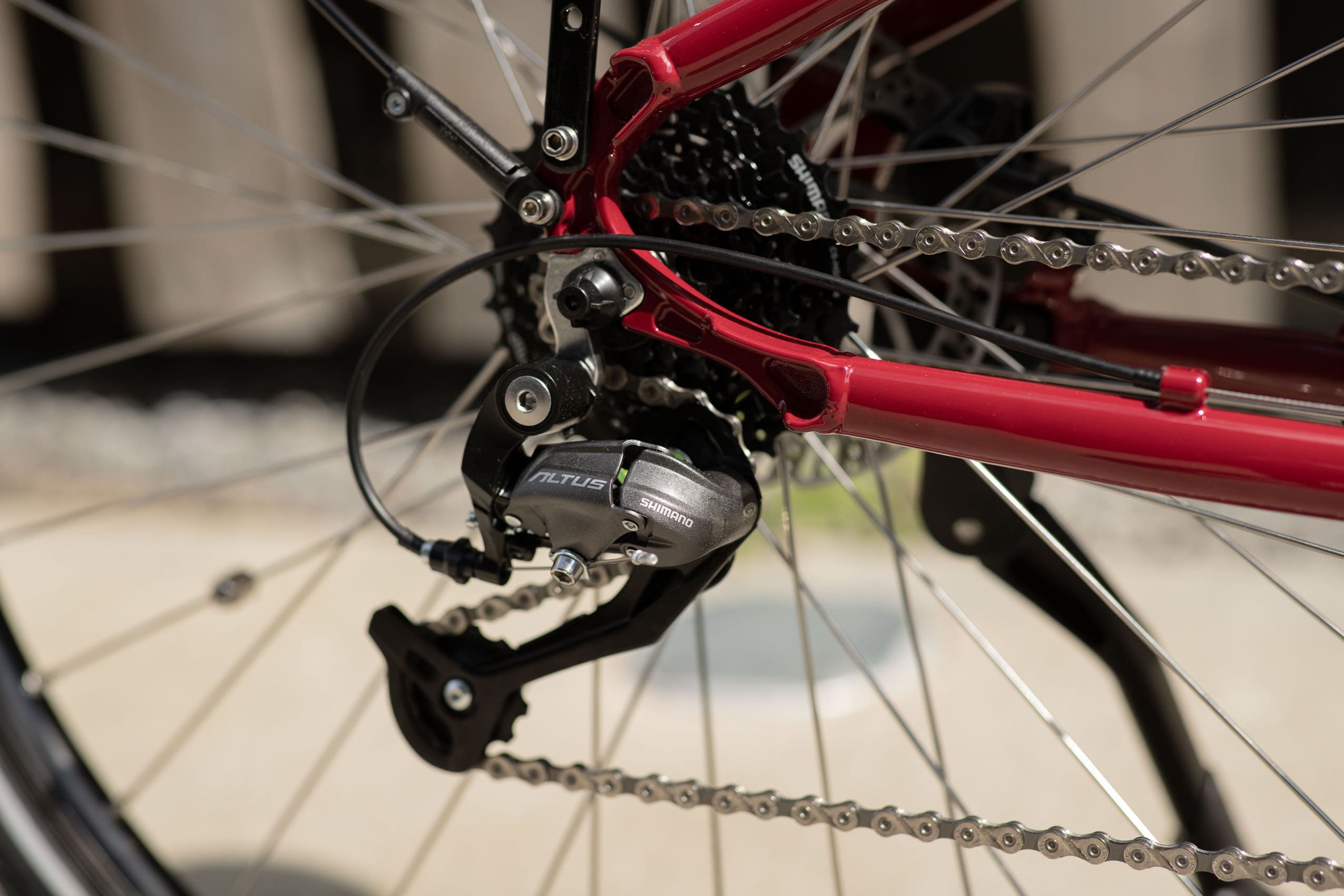
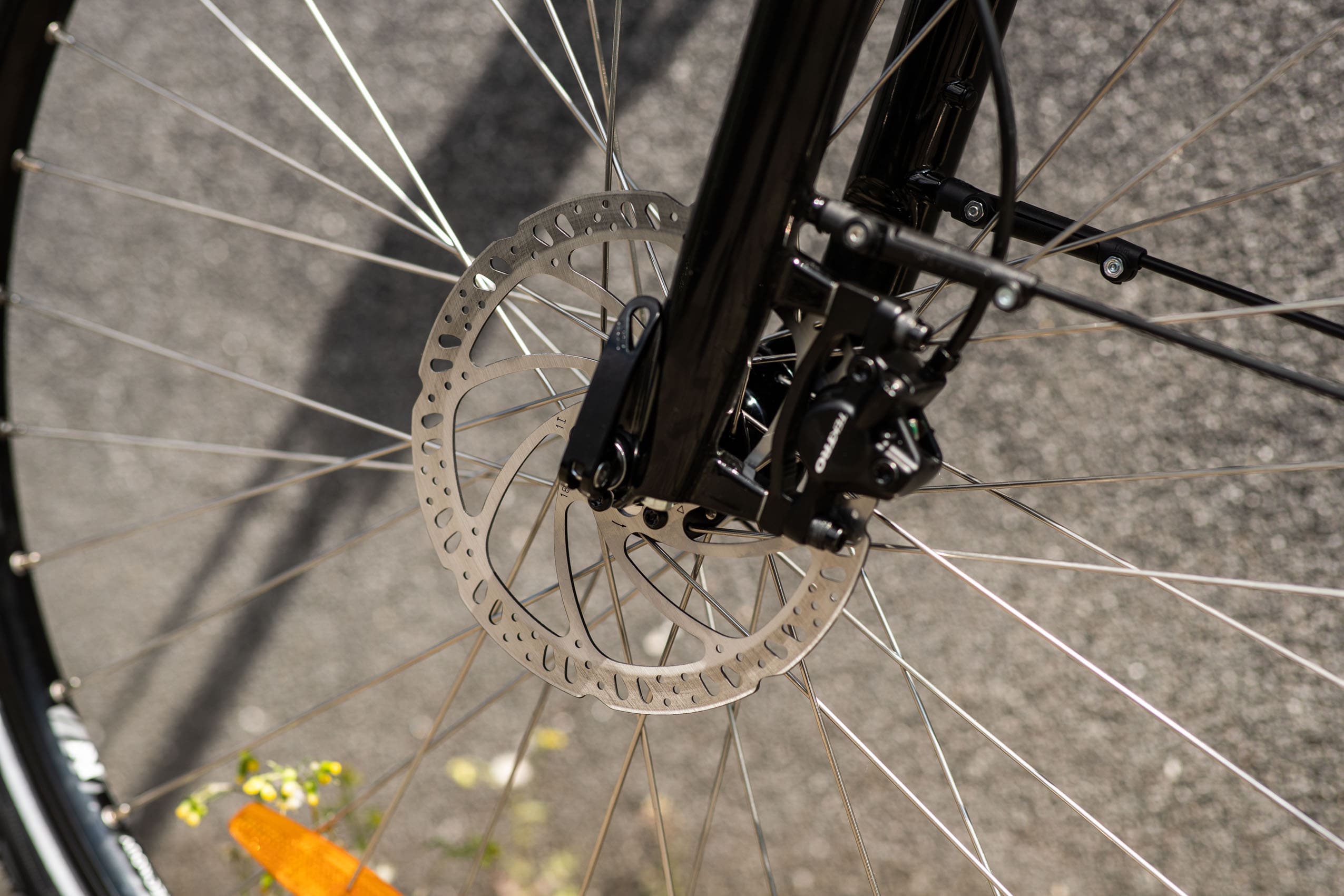
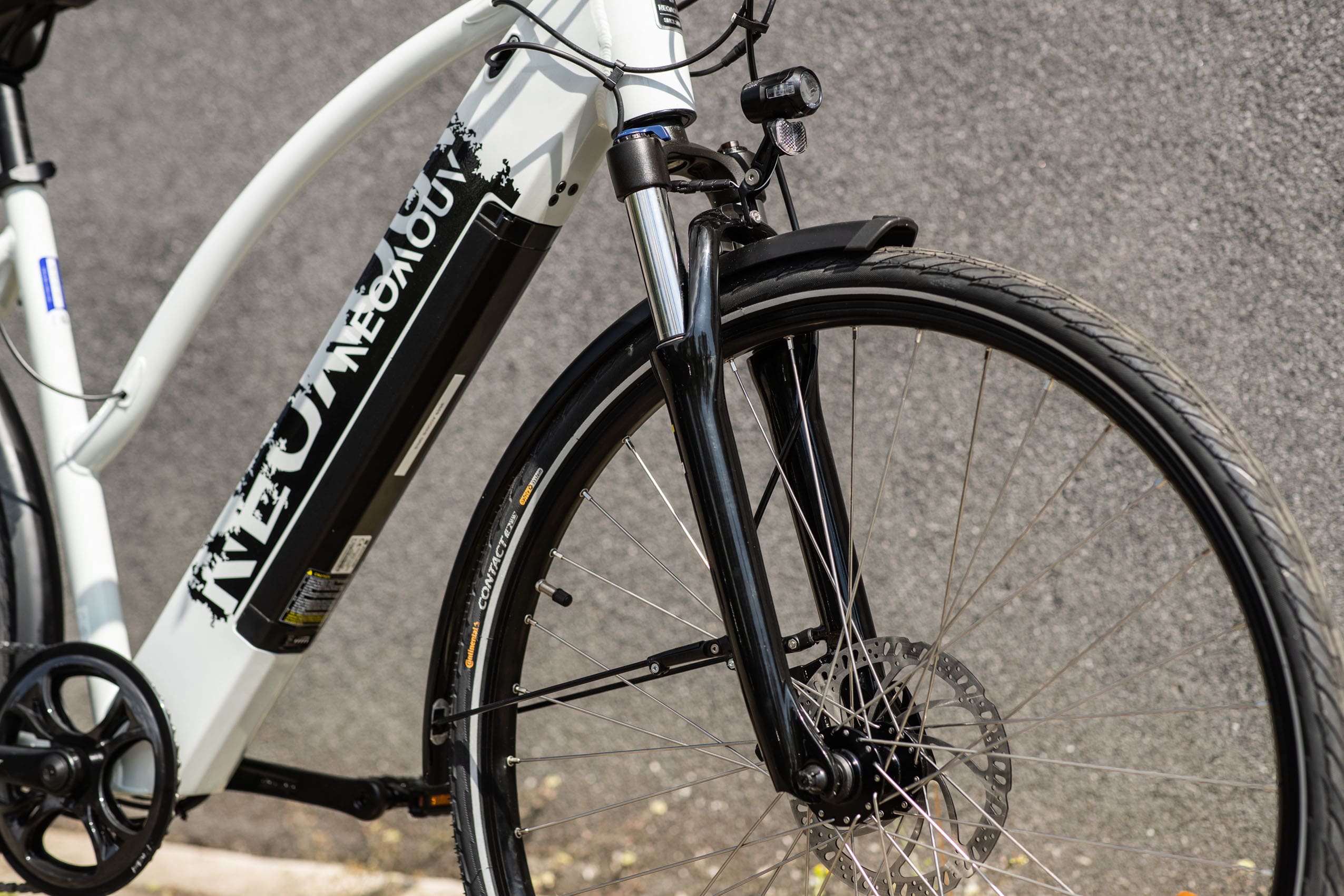
UNDERSTAND AND ANALYSE YOUR NEEDS
To be able to direct you to the bike that is most suitable for you, it is vital to analyse your profile and your needs carefully:
- On which terrain do you want to ride (path, road or both) to define best the bike category (MTB, VTC, Urban bike)?
- What distance do you want to achieve during a single ride, for example, to guide you on the battery capacity?
- Finally, what is your height to help advise you on a frame size/wheel size that suits you? The fit plays a vital role because if it is poorly chosen, the consumer may not be confident riding the bike, cause injury or not allow you to unlock the full potential of the bike's ability.
SIZE
The bike size, therefore, should be selected according to the person's size. Luckily we have models in our range to suit riders of all shapes and sizes:
Wheel size: 16/20/24/26/27.5/28 inch
Frame size: 40/44/46/47/51... (measures the distance between the bottom bracket axle and the top of the seat tube in cm)
When trying the bike, sitting on the saddle, the ideal is to have the tips of the toes touching the ground.
The size of the person, their inside leg measurement and the position they want on the bike are parameters to take into account.
Here is an approximate table to determine which size bike is right for you:
